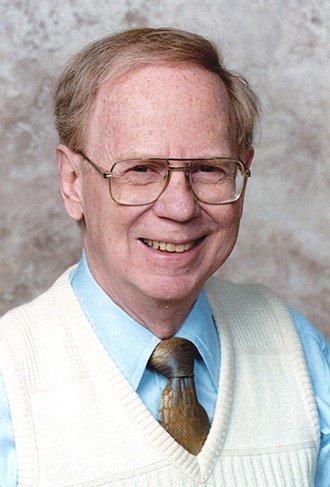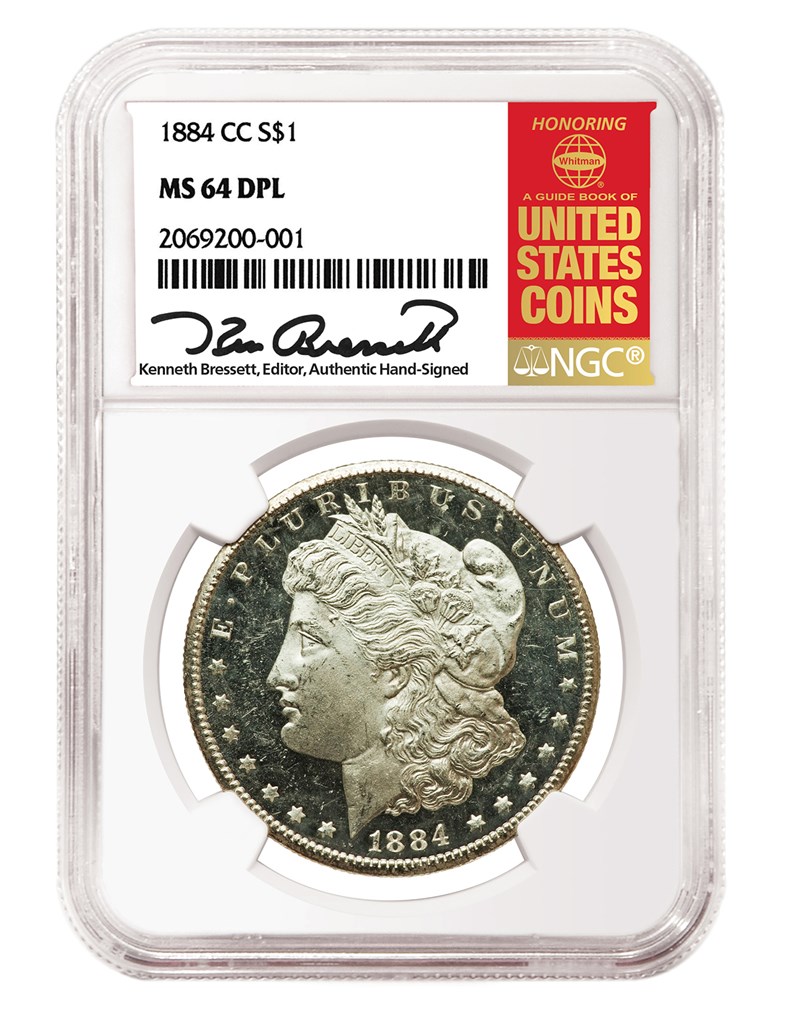Kenneth Bressett: The Man Behind the Red Book
Posted on 10/31/2022
One of the best-known and respected contributors to numismatics is Kenneth Bressett. His name is synonymous with the hobby as he devoted his life to promoting numismatics through his writing and teaching. For over 50 years, Bressett has edited “A Guide Book of United States Coins” (the Red Book) and has been involved in other publications.
After a lifetime of dedicated work, Bressett is still active in the numismatic community and has received numerous accolades, including election to the National Numismatic Hall of Fame, The American Numismatic Society’s Distinguished Service Award, The American Numismatic Association Medal of Merit and the ANA Farran Zerbe Memorial Award.
Bressett is also one of the Signature Series signers with Numismatic Guaranty Company™ (NGC®). Recently, he generously shared memories of his work and insights into the future of numismatics.
 |
 |
What sparked your interest in numismatics? If it was a particular coin, do you still have it?
Around 1934, a neighbor gave me an old Chinese coin that I found fascinating. I still have it and have collected coins ever since.
How did you become involved with working on the Red Book?
I got a copy of the Red Book as soon as it was published in 1946 and found some mistakes in it. Soon after, I met the author, R.S. Yeoman, at a convention and told him about it. He was so impressed that he later invited me to work with him on correcting and expanding it thereafter.
Was the Red Book successful from the start? Why?
Yes. Collectors loved it because it showed impartial valuations averaged from several sources. It was so well received that the Red Book went into a second printing as soon as it hit the market.
What work goes on behind the scenes for the yearly release of the Red Book? How was the information initially gathered?
Gathering necessary information is a year-round task that involves staying in touch with market conditions and collecting trends. Information was first gathered through surveys and correspondence with dealers and following auction records.
How has the Red Book expanded over the years?
It was a natural expansion to include all new coin issues and the addition of information that would be useful to collectors.
What was it like to work with R.S. Yeoman?
It was a constant pleasure. He was a superb mentor and consummate business executive. Always a true gentleman, his goal was to provide ways for collectors to get the most out of their hobby and to serve both advanced numismatists and beginners.
What events led up to you being appointed to the United States Assay Commission in 1966?
I was very fortunate to have known many Treasury and Mint officials at that time and was delighted when they passed my name on to the President for confirmation.
What were your duties and what was it like working there?
I served with the counting and auditing committee. There really wasn’t much actual work. The position is mainly honorary and designated by law to verify the weight and fineness of our nation’s coinage.
You were a Director of Coin Authentication and Educational Programs for the American Numismatic Association. What were important things that you learned that we should know today?
Learn as much as possible about grading and authentication so that you will not have to rely solely on the opinions of others.
In 1986, you dove with Mel Fisher to the shipwreck of the Nuestra Señora de Atocha. What was that like?
For me, it was one of my most enjoyable experiences. I still recommend scuba diving to anyone looking for an exciting adventure.
What were some of the exciting discoveries?
Numismatic treasures are where you find them. Not all are at the bottom of the ocean. Just keep looking.
You have written a number of books; which one did you enjoy researching and writing the most?
A Penny Saved: R. S. Yeoman and His Remarkable Red Book.
How many types of coin collections do you have?
Over the years, I have tried to enjoy learning about all kinds of coins, medals and tokens from 700 B.C. to the present.
Which are your favorite coins and what is your favorite coin?
Pre-Federal (Colonial) coins. My favorite is the famous 1652 Massachusetts Pine Tree Shilling.
What is some important advice in coin collecting?
Collect whatever pleases you. Don’t just follow the crowd.
The hobby has certainly changed over the decades. What do you think are some of the most important developments?
The ease of communicating and enjoying the hobby via the Internet.
Where do you see the future of numismatics?
I’ll leave that up to today’s budding generation of enthusiasts. While it will be different than what I have known for the past eight decades, I am sure it will be in safe hands.
Fans of Bressett’s work would be excited to know that his authentic signature is paired with the logo of the famous “Red Book.” (To learn more, click here.) Coins with NGC’s Kenneth Bressett hand-signed labels are available through Global Coin; visit globalcoin1.com.
Stay Informed
Want news like this delivered to your inbox once a month? Subscribe to the free NGC eNewsletter today!
